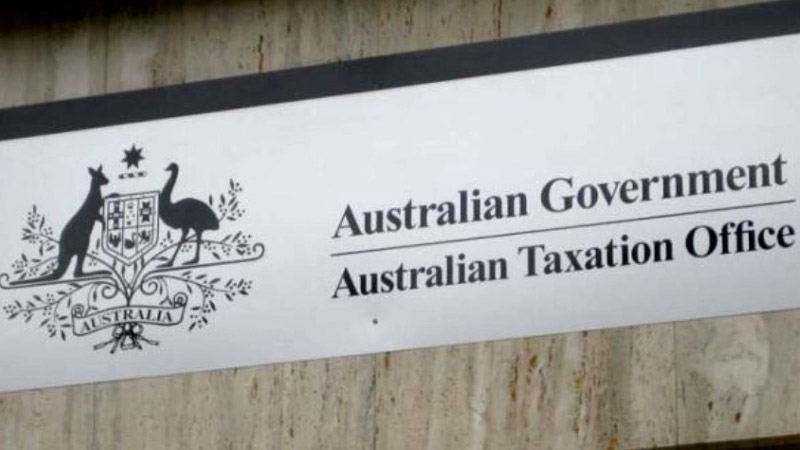ATO finalises SGC Part 7 penalty remission guidelines
The ATO has finalised its internal guidance on when it can remit the Part 7 penalty following the end of the superannuation guarantee amnesty.
Practice Statement Law Administration 2020/4 has now been issued by the ATO, replacing the withdrawn PS LA 2019/1.
The new guidelines for ATO officers confirm that the discretion to remit Part 7 penalties for quarters that were covered by the SG amnesty period between 24 May 2018 and 7 September 2020 is now restricted by law.
This means shortfalls will have a minimum penalty of 100 per cent applied but can be as much as 200 per cent.
These historical quarters will be subject to at least 100 per cent of the superannuation guarantee charge (SGC) unless the employer voluntarily came forward to lodge an SG statement prior to being notified of any ATO compliance action, or where exceptional circumstances prevented the employer from lodging an SG statement during the amnesty period or before the employer was notified of ATO compliance action.
The PS LA specifically notes that exceptional circumstances do not apply where an employer claims that they failed to come forward during the SG amnesty due to a lack of time between the SG amnesty being legislated and the SG amnesty period ending.
Despite the SG amnesty being announced on 24 May 2018, it only became law on 6 March 2020, coinciding with the height of the COVID-19 pandemic.
Calls from the professional accounting and tax bodies to extend the amnesty for a further six months ultimately went unheeded by the government, with the amnesty period coming to an end on 7 September.
The PS LA also notes that ATO officers will need to follow a four-step penalty remission process when deciding whether it is appropriate to remit the Part 7 penalty down from 200 per cent.
The four steps include setting a base penalty based on the employer’s attempt to comply with their SGC obligation; determining any penalty uplift based on the employer’s compliance history; identifying other mitigating facts and circumstances; and identifying any exceptional circumstances that prevented lodgement of an SG statement prior to the notice of ATO compliance action.








